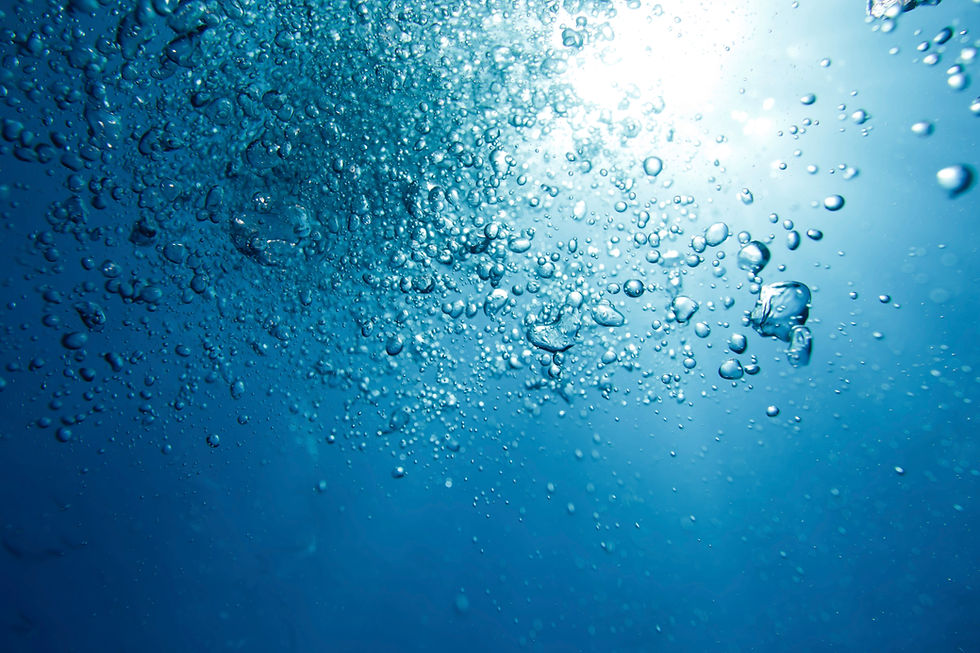Is the Ocean Turning into Desert?
- amboswor
- Mar 29, 2021
- 2 min read
Updated: Apr 16, 2021

Ocean biodiversity loss is very visible on the coast of Maine, and fishermen are aware of this. Marty Odin, a Maine Native, has observed this throughout his lifetime, noting that the Maine coast has changed and become “more of a desert” because seagrass is not as present as other species that would typically be thriving on the coast. Odin has made steps to fix this problem with his company, Running Tide, in hopes of reversing the damage done by climate change. His company uses technology to create an aquaculture operation that produces oysters and clams. This operation also provides a habitat to grow kelp. The benefits of this is that kelp is able to absorb carbon dioxide, nitrogen and phosphorus and limit ocean acidification. The point of this is to “permanently sequester it by burying it on the ocean floor, and sell carbon offsets” (Schlossberg, T.). In addition to this, the company is seeding the oyster reefs to bring in more biodiversity and seagrass. This also improves the quality of the water. In terms of a strategy, Odin’s goal is to “blue the economy” (Schlossberg, T.). This phrase describes improving the bodies of water such as oceans, seas and coasts. Another part of this project is to conserve the species, and introduce more sustainable fishing practices.

The intention is that not only does the health of the environment and ocean improve by introducing these practices, but also that it is profitable for companies to invest time and energy in the betterment of these bodies of water. Running Tide is trying to change the perspective on business and sell this strategy to others as well. One main reason why this practice works is because of the demand for seafood that continues to increase. There are many ways of saving money when it comes to the way that fishing is done. New and improved technologies help to measure information about the species as well as have ways of harvesting seafood that is less difficult. When talking about making these adjustments, Odin relies on educating fishermen about the financial side of fuel and efficiency savings. The industry itself greatly benefits from working together to help the health of the oceans.

This relates to capacity management in that organizations must be able to manage the availability of the offering so that 1) demand matches capacity over the duration of the demand cycle and 2) the organization's assets are used in ways that will maximize return on investment. Sea life has to be plentiful in the oceans and in order to ensure that capacity meets demand for seafood; so they have to make sure to conserve the biodiversity. Similarly, the assets are the knowledge and technology that allows them to maximize the return on investment.


Schlossberg, T. (2021, March 23). What's good for the ocean may also be good for business. Retrieved March 27, 2021, from https://www.nytimes.com/2021/03/23/climate/ocean-blue-economy-business.html




Comments